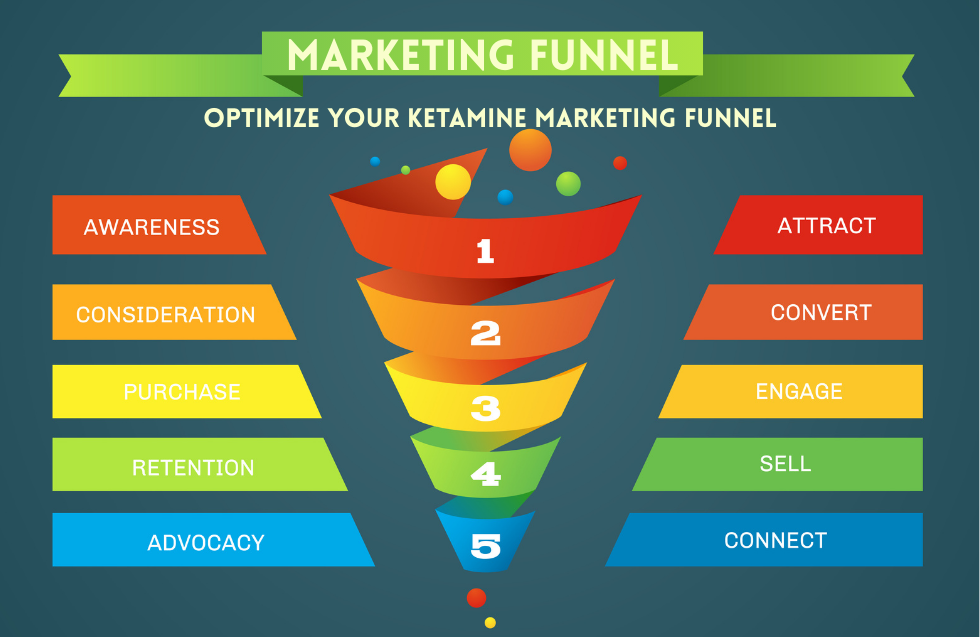Doing your market research effctively is an essential foundation for any business strategy. It enables you to understand your industry, your target audience, your competitors, and current market trends, which are crucial for making informed decisions and ensuring the sustainability and growth of your business.
Here’s a comprehensive guide on how to conduct effective market research.
Understanding Market Research
Market research is the process of gathering, analyzing, and interpreting information about a market, including the identification of a product or service’s target audience, competitors, and other market dynamics. It involves both primary and secondary research methods to collect qualitative and quantitative data.
Step 1: Define Your Objectives
The first step in conducting your market research is to clearly define what you want to achieve. Are you trying to understand a new market, develop a new product, or assess customer satisfaction? Setting specific, measurable, achievable, relevant, and time-bound (SMART) objectives will guide your research process and help ensure that the data you collect is useful.
Step 2: Choose Your Research Method
Primary Research: This involves collecting data first-hand and is tailored to your specific objectives. Primary research can be qualitative or quantitative:
- Qualitative methods (e.g., interviews, focus groups) help understand the reasons behind customer behaviors and preferences.
- Quantitative methods (e.g., surveys, questionnaires) provide statistical insights and are excellent for validating hypotheses about large populations.
Secondary Research: This refers to analyzing existing data compiled by others, such as industry reports, academic papers, or market statistics. It’s generally less costly than primary research and helps build a background understanding of the market. You will need to have an excellent internet connection to keep up with the quantity of information and amount of searching involved though. Look for fiber internet providers in New York City (or near your location) to upgrade today.
Step 3: Identify Your Target Audience
Defining your target audience is crucial. Segment the market based on demographics (age, gender, income), psychographics (lifestyle, values), geographic locations, and behavioral factors (purchasing habits, brand loyalty). This segmentation helps tailor your research tools to gather relevant data effectively.
Step 4: Collect Data
For primary research, tools like online surveys, personal interviews, or focus groups can be employed. It’s essential to design your research tools to ask the right questions—open-ended for qualitative insights and close-ended for quantitative measures.
In secondary research, utilize databases, industry journals, government publications, and reputable websites to gather existing data. Pay attention to the date of publication to ensure relevance.
Step 5: Analyze the Data
Data analysis varies significantly between qualitative and quantitative research:
- Qualitative data requires categorization into themes or patterns.
- Quantitative data often involves statistical analysis to identify trends or make forecasts.
Use software tools that can handle data analytics, like SPSS for statistical analysis or NVivo for coding qualitative data.
Step 6: Report Your Findings
Present your findings in a structured format, starting with a summary of the research objectives, methodology, and key findings. Use charts, graphs, and tables to make the data more understandable. Be honest about the limitations of your research to provide a balanced view.
Step 7: Make Informed Decisions
Use your research findings to inform your business decisions. Whether it’s entering a new market, modifying a product, or developing marketing strategies, ensure your decisions are backed by solid data. Revisit your research regularly as markets evolve to stay relevant.
Best Practices in Market Research
- Ensure Objectivity: Bias can lead to inaccurate data and poor business decisions. Whether you’re conducting interviews, designing surveys, or analyzing results, maintaining a neutral position is crucial. Avoid letting personal beliefs or expected outcomes influence the data collection and analysis processes.
- Maintain Confidentiality: Respect the privacy of participants, especially in qualitative research. Anonymize data where appropriate to protect identities. Ensure that all data handling and storage comply with relevant data protection laws and ethical guidelines to maintain trust and integrity.
- Stay Updated: Markets are dynamic. Regular market research helps keep your strategies aligned with current trends and consumer behaviors. Staying informed about changes in your industry will enable you to adapt and innovate, therefore maintaining a competitive advantage.
Challenges in Market Research
- Resource Intensive: Both primary and secondary research can be time-consuming and costly. Plan accordingly to maximize the return on investment; allocate resources effectively and prioritize research activities that offer the highest value to your strategic objectives.
- Rapidly Changing Markets: Especially in technology and fashion industries, market conditions can change quickly. Continuous monitoring is essential to stay ahead. Regularly updating your market knowledge can help mitigate risks associated with rapid changes.
- Data Overload: Collecting too much data can be overwhelming. Focus on data that directly relates to your objectives to avoid analysis paralysis. Implementing data management strategies such as data prioritization and segmentation can help manage large volumes of information efficiently.
Conclusion
Undertaking market research right is not just about collecting data; it’s about collecting the right data and analyzing it to make informed decisions that drive business success. By systematically following these steps, you can gain deep insights into your market and strategically position your business for growth and resilience.













